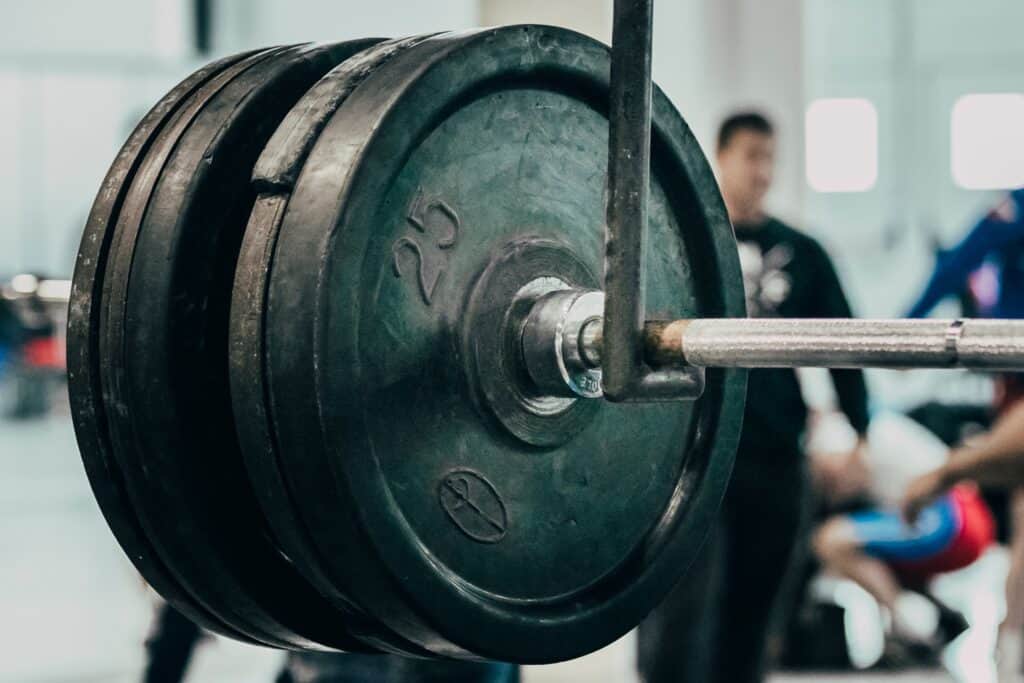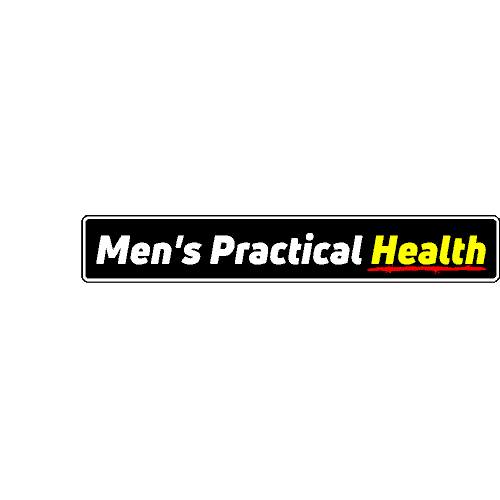Are you looking to get stronger?
“How to build strength: a complete guide for Beginners” will help you take that first step to becoming stronger.
Hi, I’m a qualified personal trainer…
After moving into teaching, I fell into the trap of not looking after myself – it can happen to us all. So I started from the beginning again to get myself in shape.
Now I’m writing this blog post to help others who want to get healthy and strong again.
A person must lift weights at 85% of one rep max for one to six repetitions to build strength. Training at a high intensity, low volume with the correct technique is crucial to maximising strength gains.
For newbies, walking into a gym and needing help figuring out where to start…
what exercises to use…
and how to perform them can be DAUNTING.
So this guide will help you become knowledgeable and confident the next time you enter the gym.
What is strength?

Strength is the ability of one’s muscles to generate force against resistance. You need it in everyday activities such as lifting, carrying, pushing, and pulling. Strength is also vital for physical activities such as sports, and lifting weights.
What is the difference between strength training and Hypertrophy training?
Many people confuse strength training and muscle building, known as hypertrophy training.
And while the two training outcomes can overlap, there is a distinct difference in the goal of building strength versus building muscle…
And how you train for either purpose.
When strength training, you focus on strength and not on building muscle. Sounds obvious – I know.
Plus, as you gain strength, you can increase muscle size.
Especially if you are a beginner, which is where the two overlap.
Benefits Of Strength Training
Strength training helps increase muscular strength, power and improve health and physical performance.
It also helps improve body composition, increase bone density, reduce the risk of injury, and maintain a healthy weight.
Myths about strength training
There are many myths about strength training that can put people off, such as:
- It makes you too bulky
- Bad for joints
- Decreases flexibility
People who strength train become too bulky

Strength training is not the cause of looking bulky.
Since the aim is to build strength, not increase muscle mass, many people who perform strength training work can be stronger than they look.
Also, you must eat more calories than your body’s calorie maintenance to become bulky.
Strength training is bad for the joints
Strength training does not put extra strain on the joints.
In fact, it helps strengthen them and reduces joint pain.
In most cases, causes for pain are due to one of the following:
- Too much weight
- Incorrect form
Strength training makes you less flexible
Strength training can improve your flexibility as it helps to increase your range of motion.
While including stretching within your workout sessions will significantly increase your flexibility alongside your strength training.
What are the best strength exercises?
The best strength training exercises are compound exercises.
Compound exercises will build strength fast and are the most functional.
List of compound exercises:
- Squats
- Barbell bench press
- Bent Over row
- Pull-up
- Lunges
- Military press
- Dip
- Close-grip bench press
- Barbell deadlift
How to perform compound exercises
Before using heavy weights, practising and learning how to perform compound movements efficiently and safely is essential.
So here are some tips to help your technique when performing compound exercises.
Squats
When performing a barbell squat, stand with your feet slightly wider than shoulder-width and your toes pointing forward or at a slight angle.
Hold the barbell and place it across the top of your back. Flex at the hip, push your bum back and go down to perform the full range of motion.
Keep your chest up, looking straight ahead – do not curve the back forward.
Keep your feet planted on the ground to have good balance. Push the weight back up by using the force of your feet pressing against the floor.
Barbell bench press
To perform a barbell bench press, lay flat on the bench with your feet on the floor. Grab the barbell just wider than shoulder-width apart.
Lift the barbell off the support and lower it to your chest, feeling the stretch across your chest.
Once the bar touches your chest, push the bar back up with control – it is normal to have a slight arch in the back.
Barbell Bent Over row
To perform a barbell bent over row, start by holding the bar in front just below your waist, arms straight and feet shoulder-width apart.
Keeping your back straight, bend forward by flexing at the hips and bending the knees.
Bring the bar up to your body, keeping the elbow close to the body and squeezing the scapula.
Lower the bar with control.
Pull-up
Start by hanging from an overhead bar with an overhand grip to perform a pull-up. Hands should be slightly wider than shoulder-width.
Pull yourself up to get your chin just above the bar, feeling your shoulder and back muscles stretch. Once at the top, lower yourself back to the starting position.
Drop Down Lunges
Stand with your feet close together, with a dumbbell in each hand.
Step one foot back and lower yourself until the back knee nearly touches the floor.
Push off the front foot and back foot toes to bring yourself back up to standing. Keep your torso upright and your shoulders back as you return to the starting position.
Military press
To perform a dumbbell military press, sit upright and hold a dumbbell in each hand. Place your hands at shoulder height, with palms facing forward.
Press the weights up overhead and lower the dumbbells back down to the starting position.
Dip
To perform a dip, stand in front of a dip station and grip the bars. Your hands should be slightly wider than your shoulder width.
Lower yourself down through the full range of motion and then push yourself back up to the starting position.
Deadlift
Stand in front of the barbell with your feet shoulder-width apart to perform a deadlift. Place your hands on the bar, to the side of your legs.
Bend your knees slightly, flex at the hips to keep your back straight as you bend over. Bring the bar up, straighten your legs as you get to your knees and bring the bar to the waist.
Once the bar is at waist height, slowly lower it back down to the ground, with control, bending at the hips and keeping the back straight. Feel the stretch in your glutes, hamstrings and lower back muscles.
How many times a week should a person do strength training?
You should train at least 2-3 times a week in a strength training program that uses a full-body workout split.
The consensus is that a full-body workout is the most optimal. However, there are other training methods, such as:
- Bro split
- PPL split
- Upper and lower body split
The above three training methods can all be effective, but you might need to adapt the number of times you train to see the best results.
How many sets and reps are in a strength training program?
Generally speaking, strength training programs should focus on heavy weights, low reps (1-6 reps per set) and the number of sets should be three to four.
A study examined the effects on the number of sets on strength training. It showed an increase of 48% when performing 3 sets compared with a 25% increase when lifting just one set.


